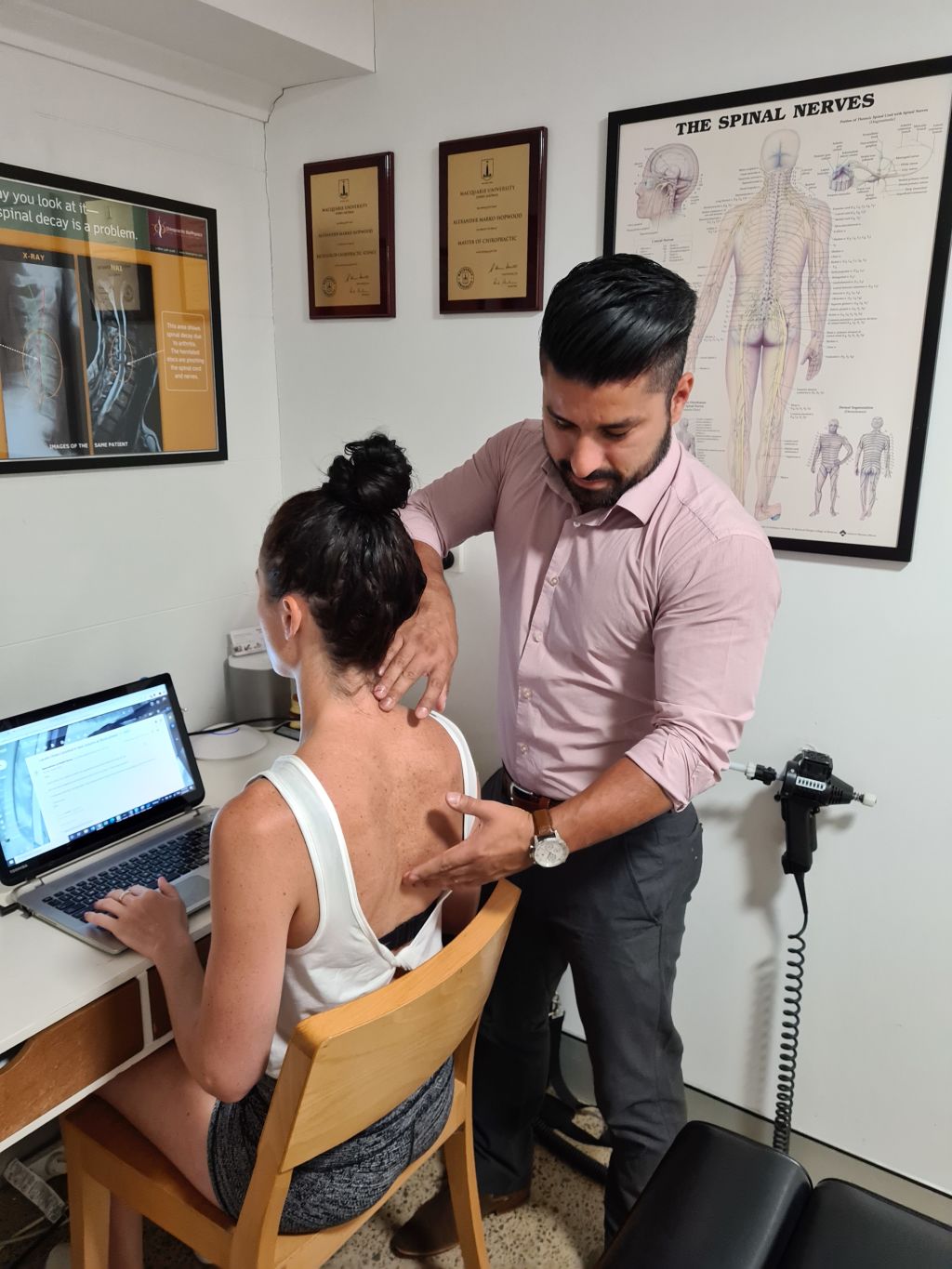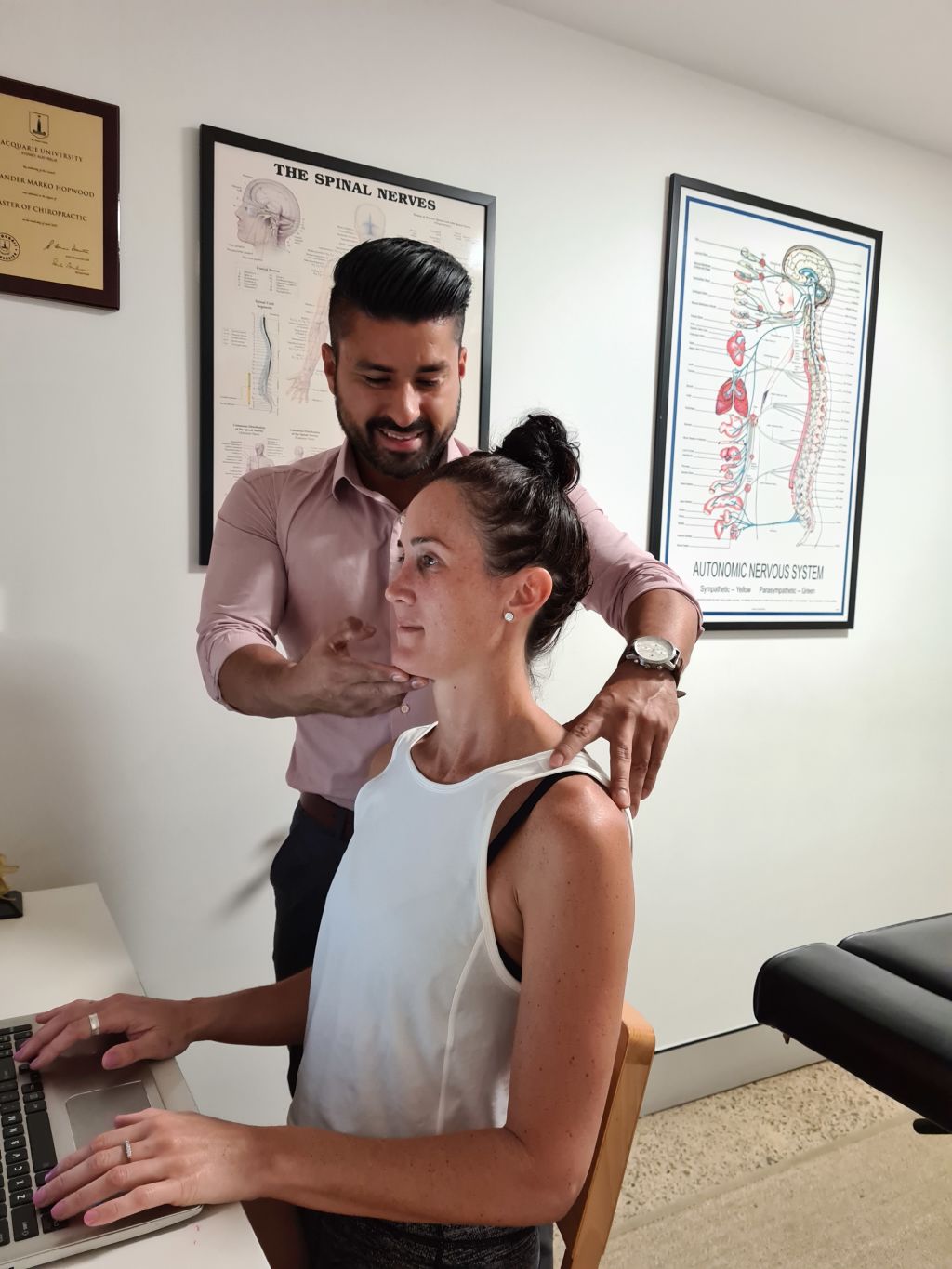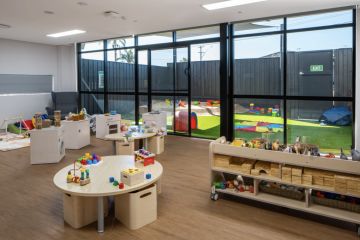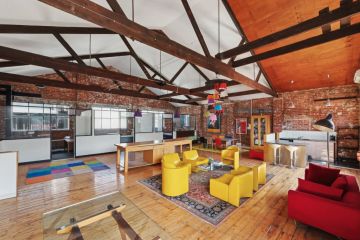Working at home injury claims set to skyrocket during coronavirus crisis

People working from home on the dining table or slouched on the couch over a laptop on a coffee table amid a tangle of electric cables snaking around the floor are expected to trigger “a tsunami” of work-related injury claims over the next two months.
More than 60 per cent of Australia’s office staff are now operating from home during the COVID-19 pandemic – and most in markedly less-than-ideal conditions.
“Most employers just sent their staff home, telling them to pick up their laptops on the way out,” said office supply and equipment specialist Gavin Ward, chief executive of Office Brands. “They didn’t realise they have an absolute requirement to make sure their employees’ workplace, even at home, is safe in order to mitigate their responsibility for injuries.
“But now we have so many people sitting on couches and beds working, we’ll see a lot of bad backs as well as trip hazards around the home. And if employers ignore their responsibilities to keep their staff safe, then we’ll see a tsunami of claims coming in.”

Commercial litigation and dispute resolution lawyer Carrie Peterson of Peterson Haines, who specialises in employment and Occupational Health & Safety issues, says it’s likely to be a huge problem.
Dining tables and chairs were never designed for people sitting there for 10 hours a day working, and many workers aren’t taking the breaks they would normally take in an office environment.
“A lot of employers don’t understand that the things they have to look after in the work space are also the things they have to look after when employees are working at home,” Peterson said. “They should be using platforms like FaceTime to check that home set-ups are ergonomically healthy and giving workers checklists.
“These things are so critical to put in place now and moving forward. It’s much better to buy someone a proper office chair for $200 to $300 now than facing so many implications later.”
Over 100,000 people make serious work claims every year, but already health practitioners like chiropractor Dr Alex Hopwood, director of Health Space clinics, are seeing clients who are working remotely coming to them with lower back pain and neck strain.
Hopwood says many are sitting on couches and working on coffee tables at the same level and so are hunching over laptops. Some are spending hours looking down at screens, or are on hard chairs with no lumbar support while working at kitchen tables.

“In their office, they’ll have an ergonomic chair and desks which they can raise or lower so they’re moving position, and they have regular breaks,” Hopwood said. “But at home, they’re looking down for hours at a time, and just not moving.
“We’ll see a lot more people with injuries coming in, and the long-term health effects will be felt for years into the future. People might be in pain and discomfort now but their bodies will adapt until it becomes the norm, and abnormal posture can then do real damage over time.”
The Centre for Future Work, part of The Australia Institute, has predicted that three of every 10 Australians will work from home at some time during the coronavirus crisis. With companies now re-assessing their commercial real estate post-pandemic needs, it’s likely that most people will be working remotely for a couple of days a week in the future too.
But Ward says without employers ensuring their staff have good equipment and well-researched practices to work with at home, there’ll be many more injuries.
Trip hazards currently make up 23 per cent of serious work compensation claims – and with people having to make do with extension cables and wiring on the floor, that figure could grow dramatically, he says.
“People need adjustable chairs with good lumbar support, desks at the right height, a computer monitor at eye-level, efficient storage and good connections for mobiles phones and Zoom meetings,” said Ward, whose company is Australia’s largest independent supplier of office products.

“They also need good lighting to see what they’re doing and prevent eye strain, ventilation where they’re sitting and cables organised well. If employers don’t check that their staff set-ups work for them, then they’ll see this thing explode. There’ll be a lot of claims for bad backs and other problems, and have people off work for long periods, which can be very expensive.”
Hopwood recommends that people buy good chairs and desks but, if they don’t have the money or support from employers, then they should be trying to sit up straight in regular chairs. They should move their bottoms as far back in chairs as they can and tuck them tightly under the desk, to keep them upright.
They should also have their screens propped up at eye level and always hold mobile phones at eye level rather than looking down at them. Most importantly, they should get up and move every half hour or hour, stretching back, forward and sideways to keep backs active.
We recommend
We thought you might like
States
Capital Cities
Capital Cities - Rentals
Popular Areas
Allhomes
More







